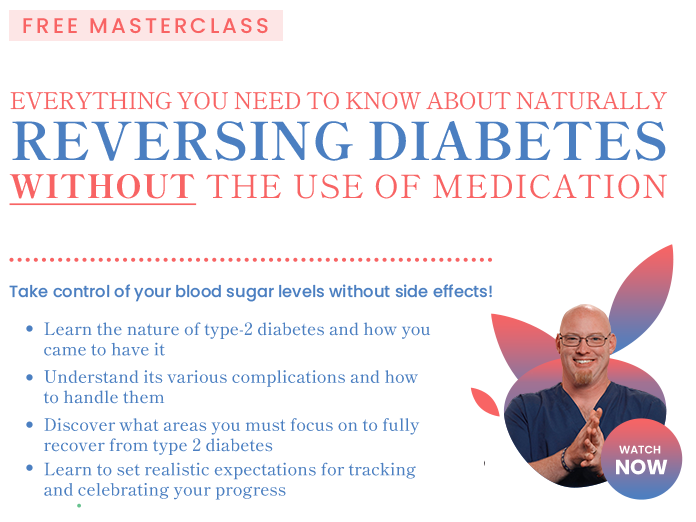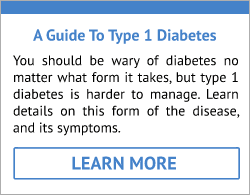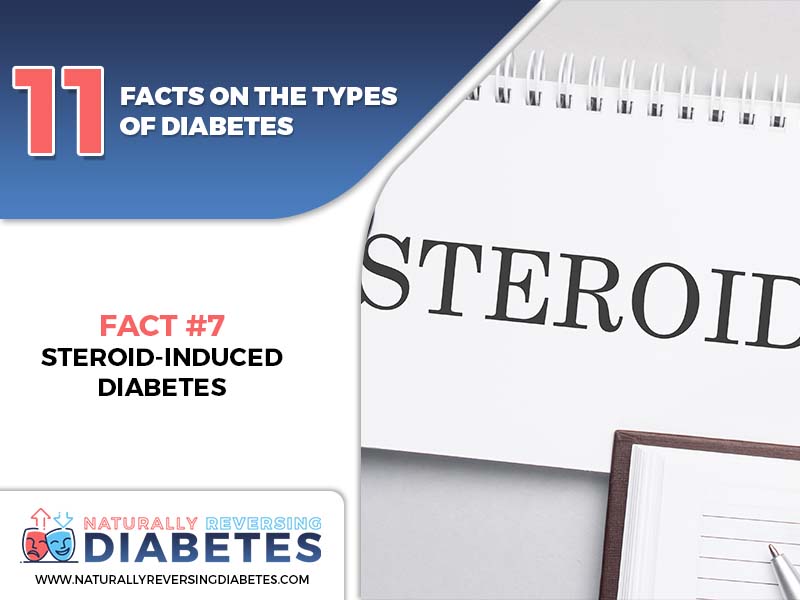
7
Steroid-Induced Diabetes
Steroid-induced diabetes is caused by steroid use. The person taking them usually already has a genetic propensity toward diabetes. There can also be other factors that can give him a high-risk level.
Long-term use of steroids can cause diabetes. This can be three months or longer. Avoid steroid use if you want to avoid this type of diabetes.

8
Brittle Diabetes
Brittle diabetes is a type of Type 1 diabetes. This type is very difficult to control. This can be due to a variety of problems.
Problems absorbing nutrients, trouble absorbing insulin, hormonal issues, medications that don't work well together, or problems with food leaving the stomach have all been attributed to this type of diabetes. Stress can be a factor in this type of diabetes. Another thing that can play a role in diabetes is depression.
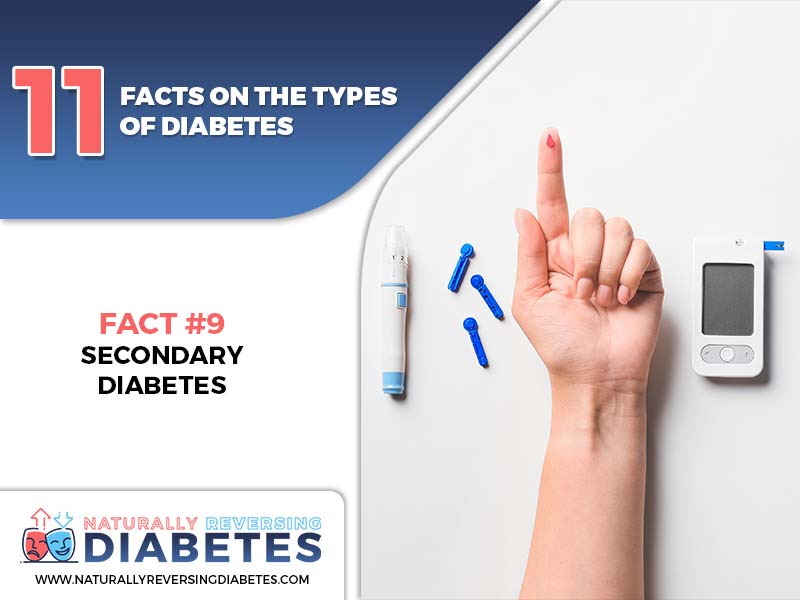
9
Secondary Diabetes
Secondary diabetes is the next type of diabetes. This type occurs as a result of having a medical condition. The conditions that cause it can vary.
A condition that can cause secondary diabetes includes polycystic ovary syndrome (PCOS). Pancreatic cancer can also cause secondary diabetes. Cushing's also can cause it, along with other autoimmune diseases.
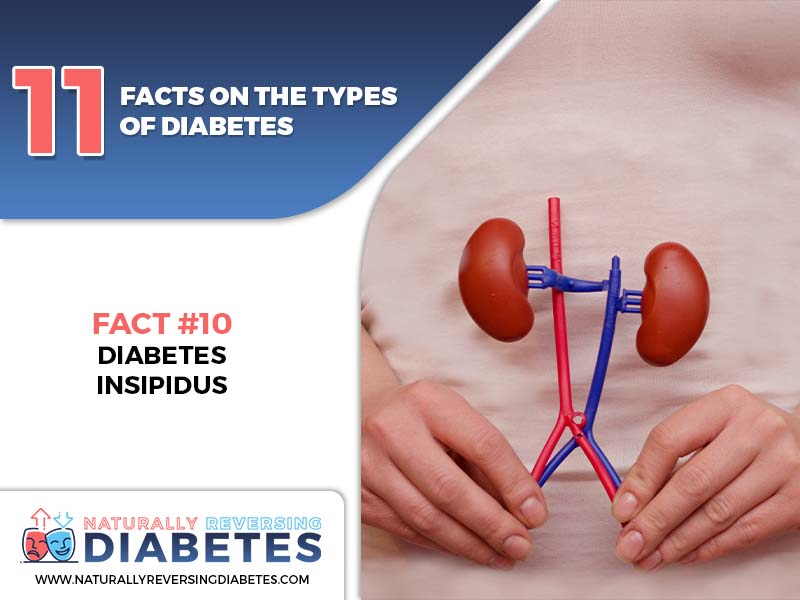
10
Diabetes Insipidus
Diabetes insipidus isn't as common as the other types of diabetes. This rare form of diabetes has nothing to do with high levels of blood sugar or insulin resistance. One of the hallmarks of this form is frequent urination, but this frequency is due to vasopressin.
Diabetes insipidus is when you have to urinate more than usual, and complications erupt from this, which are the result of a particular antidiuretic hormone known as vasopressin, a hormone that's found in the brain. When there's not enough production of vasopressin, it's harder for the body to hold on to water. This form of diabetes causes the kidneys to work harder than they should.

11
Juvenile Diabetes
Juvenile diabetes is diabetes that young people have. It can be found in children. Young adults can also get this type of diabetes.
It is a metabolic disease. This type of diabetes has a hereditary component. There is also an autoimmune component.
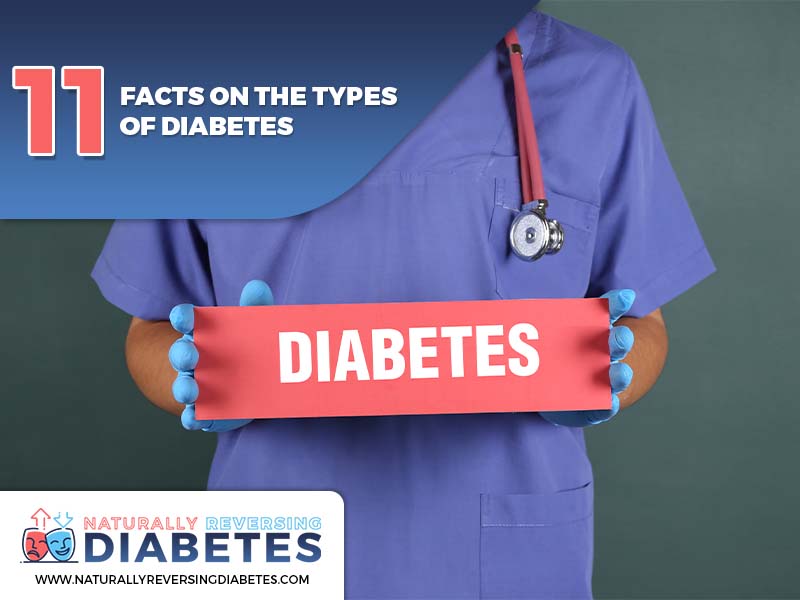
In this article, we have covered all of the different types of diabetes. First, we talked about Type 1 and Type 2 diabetes. Next, we discussed LADA and MODY, and we went over double diabetes and Type 3 diabetes. After that, we explained steroid-induced, brittle, and secondary diabetes. Lastly, we covered diabetes insipidus and juvenile diabetes.
When you hear "diabetes," you may think of just one or two things. Really, there are many types of diabetes to be aware of. With this article, you now know about all the eleven types of diabetes.






